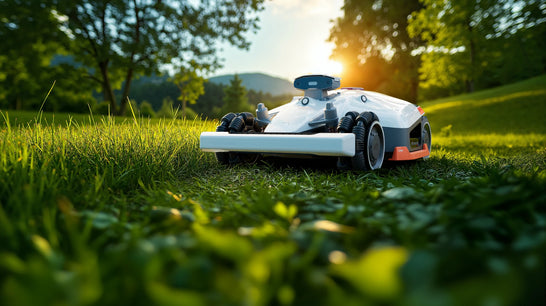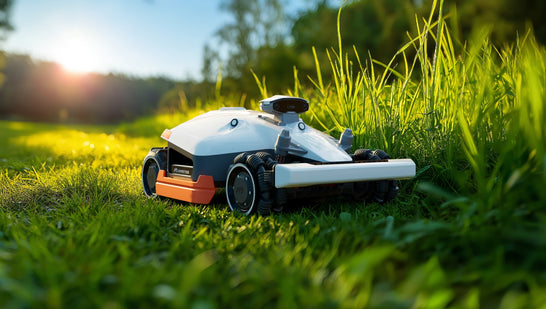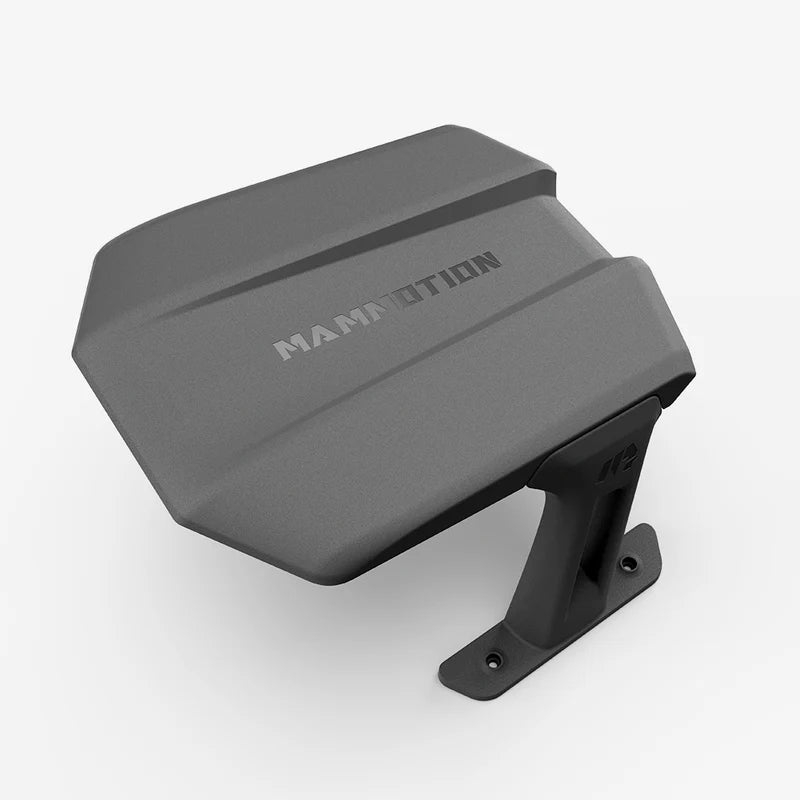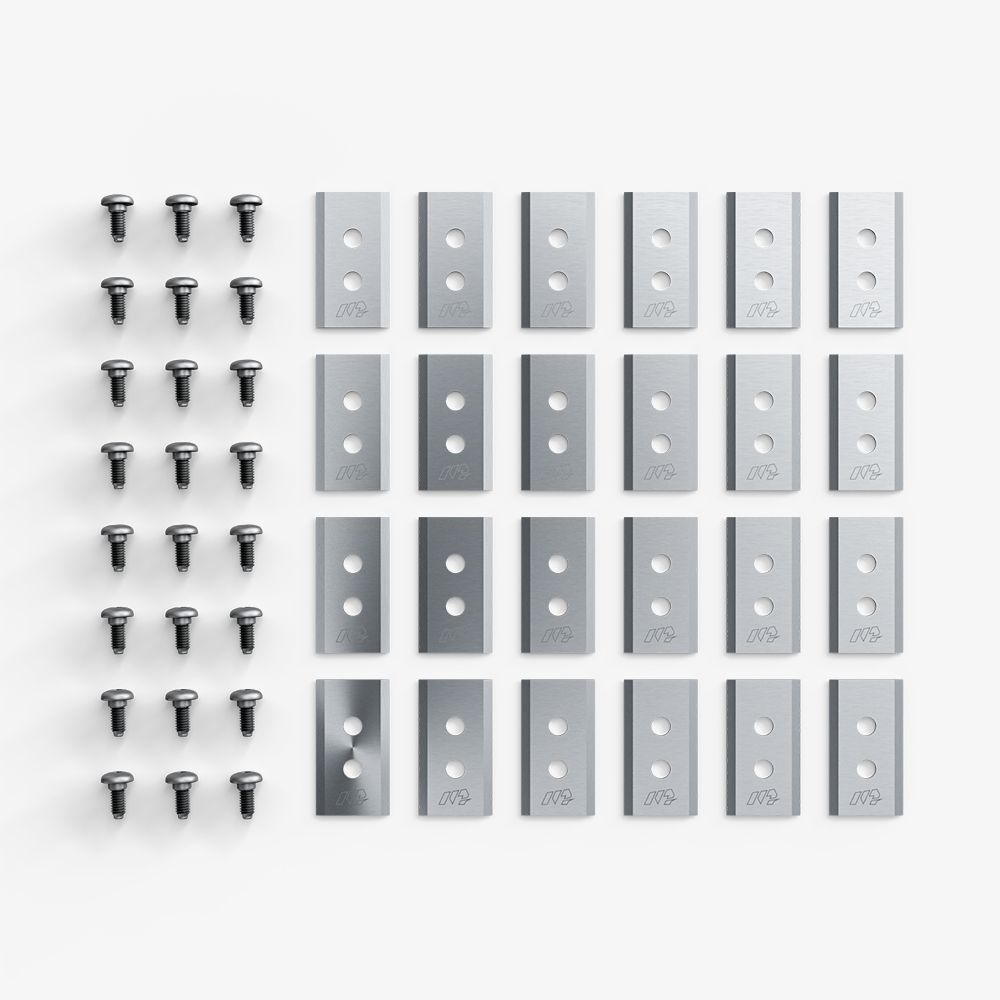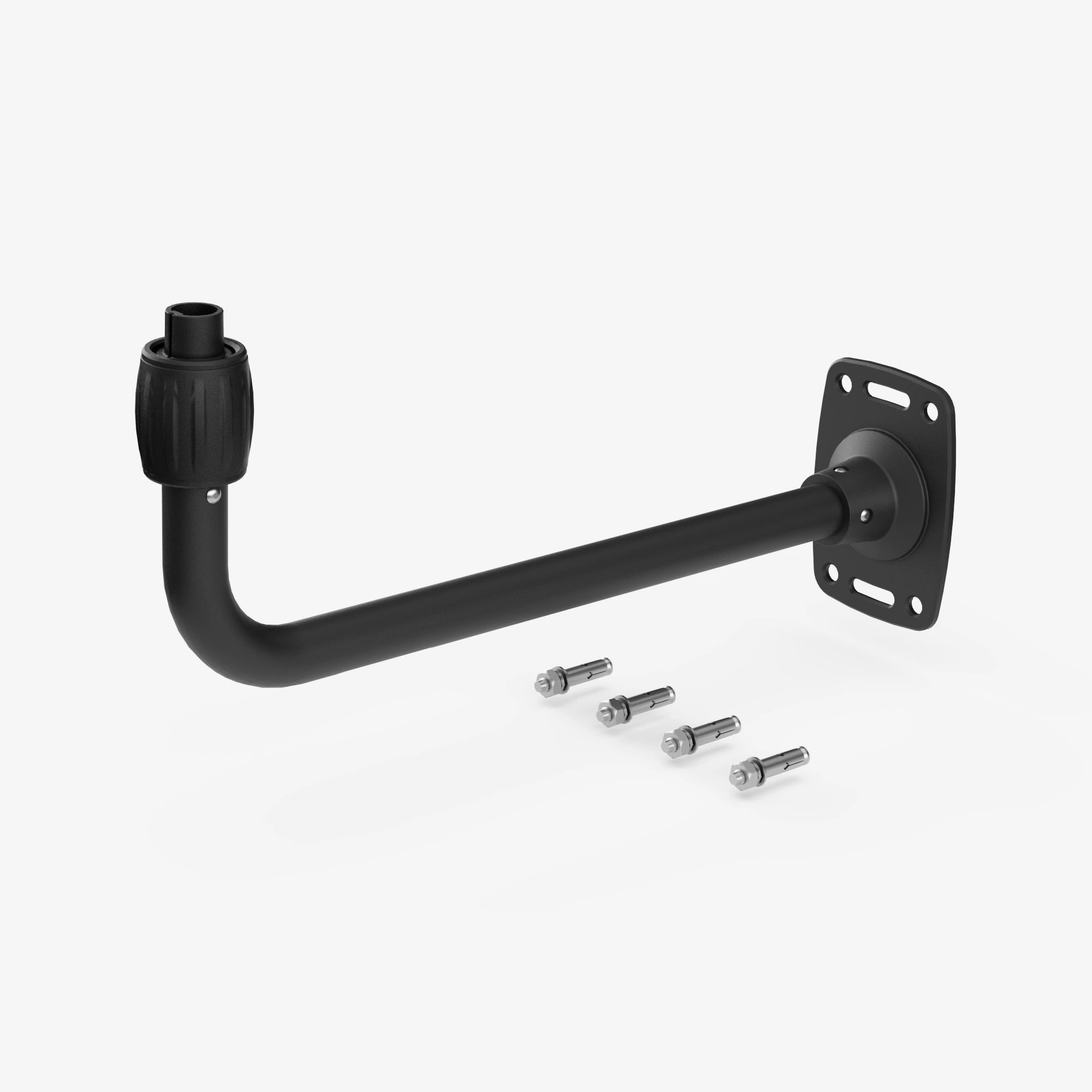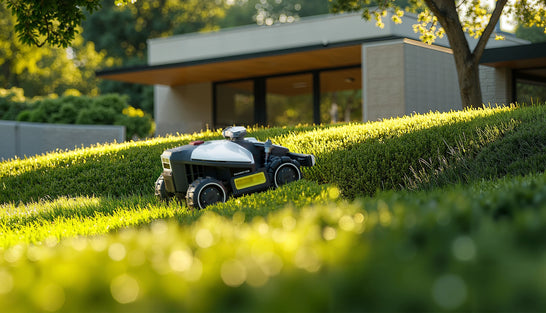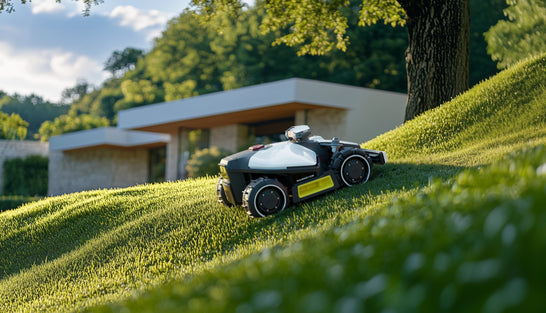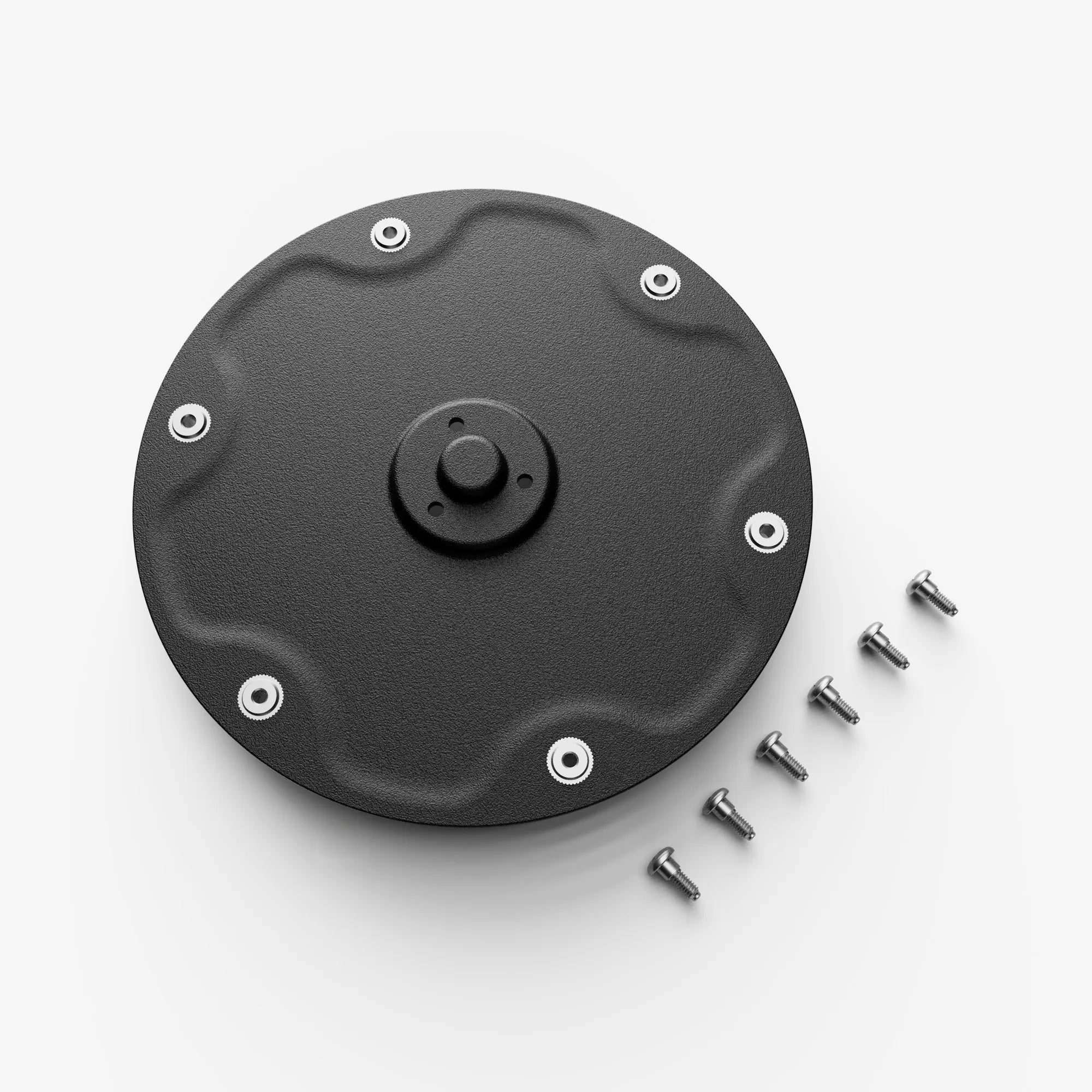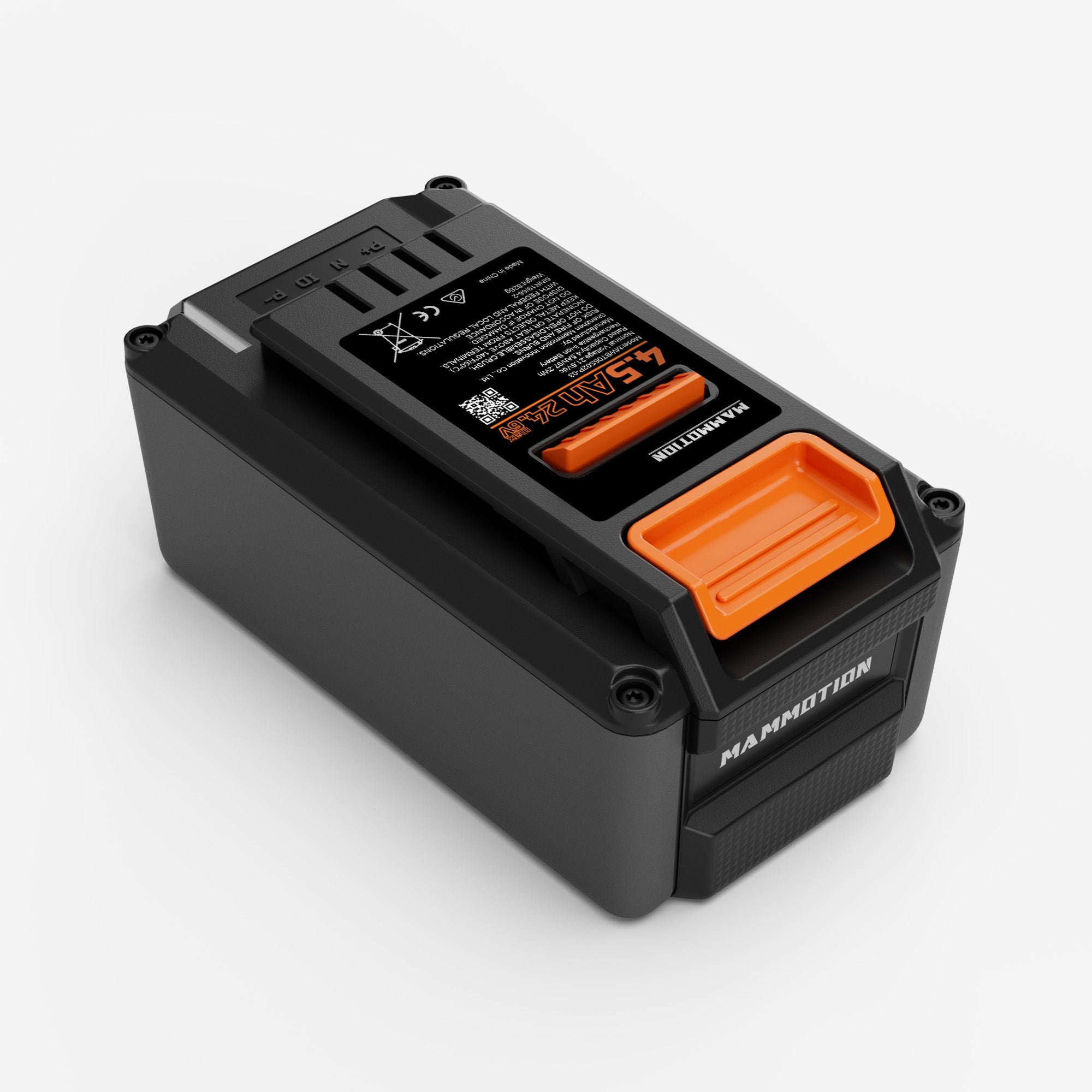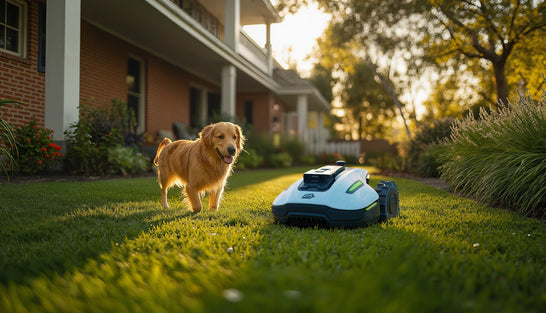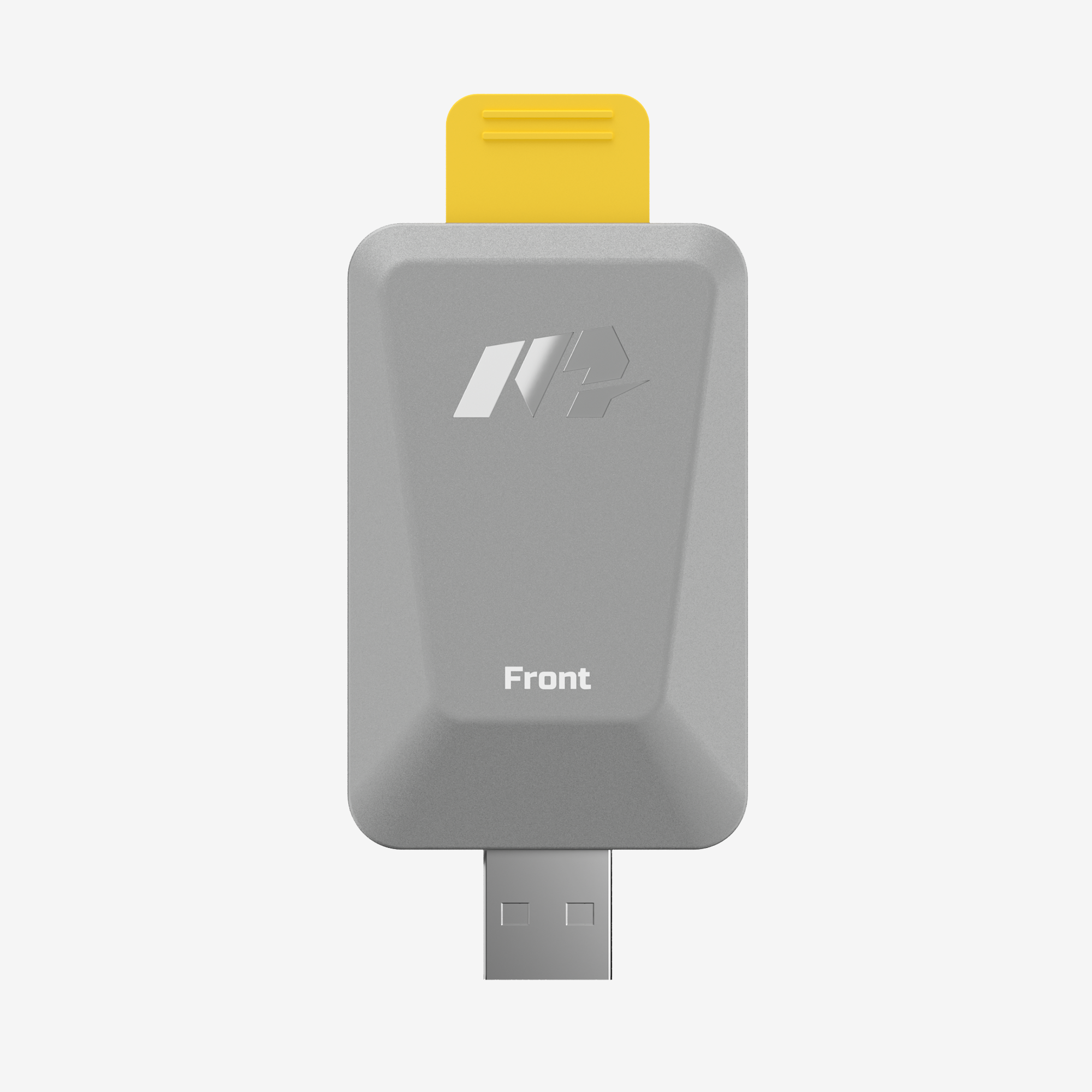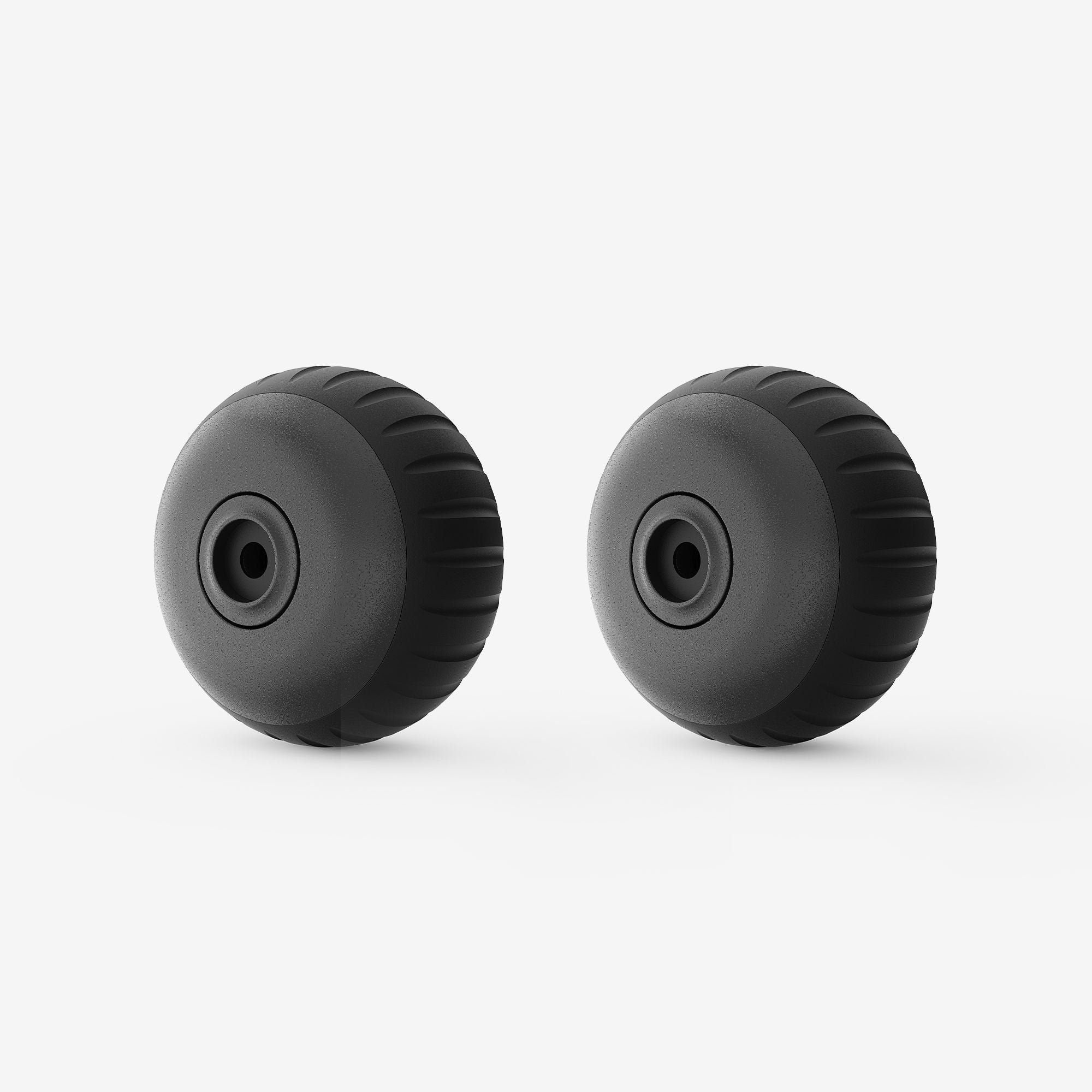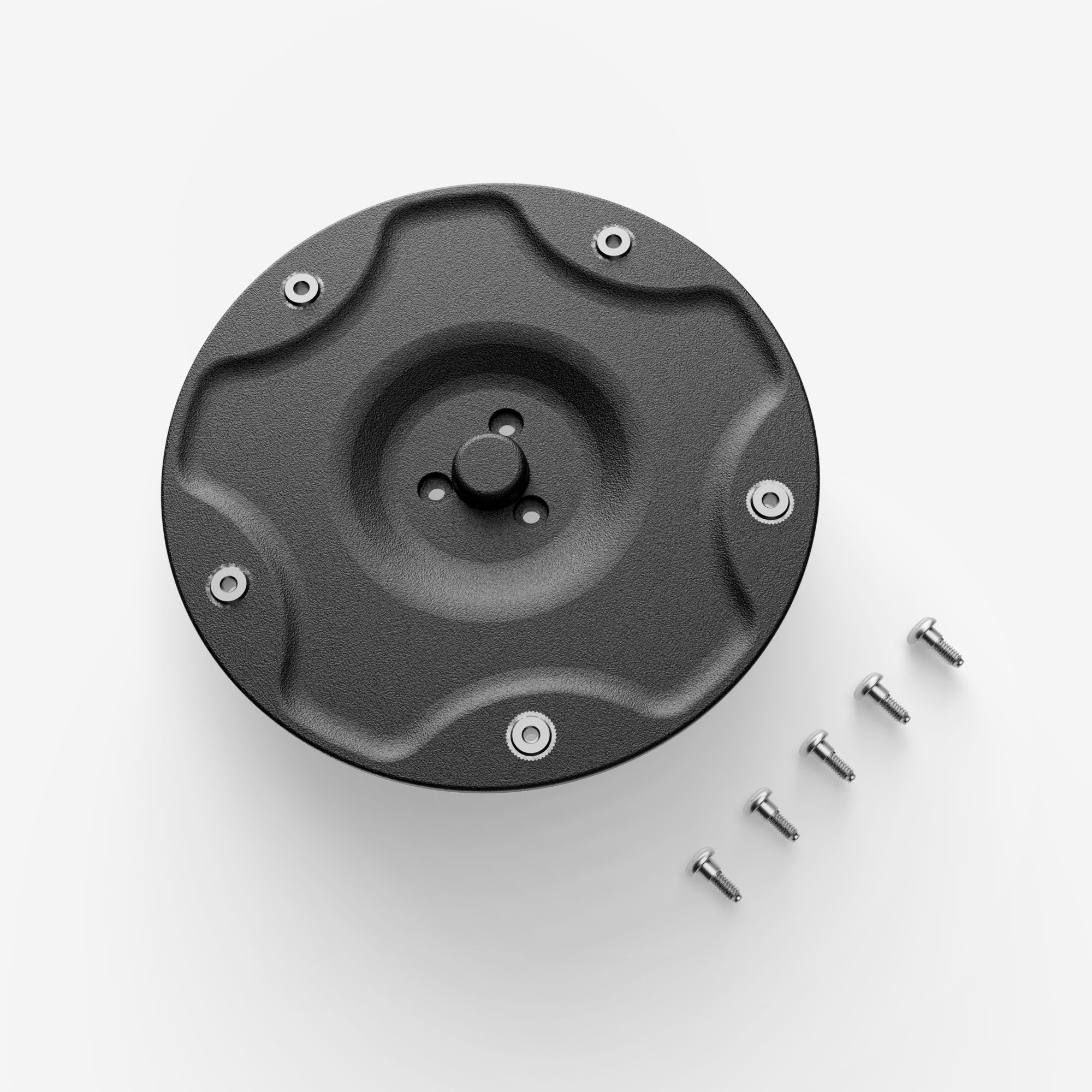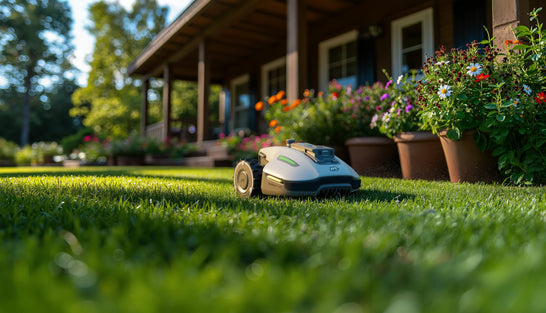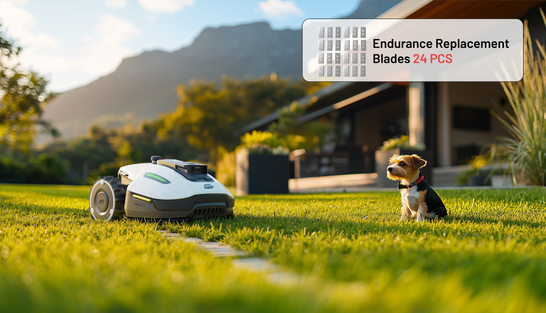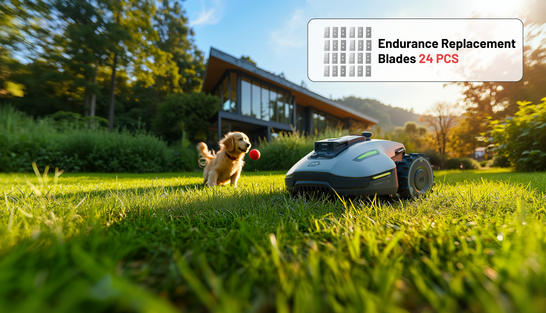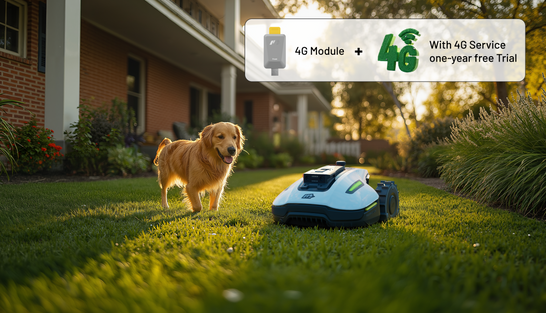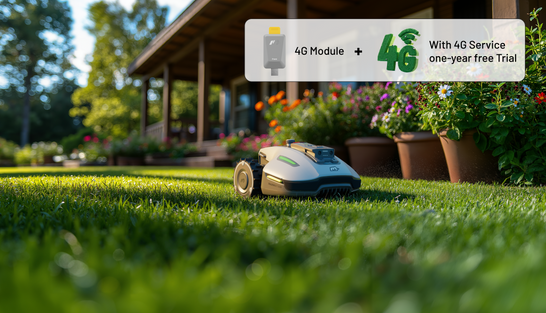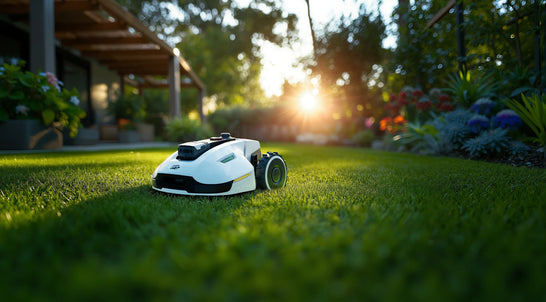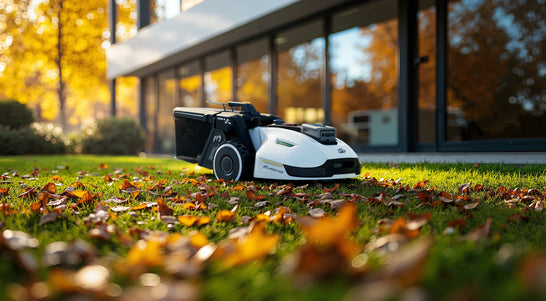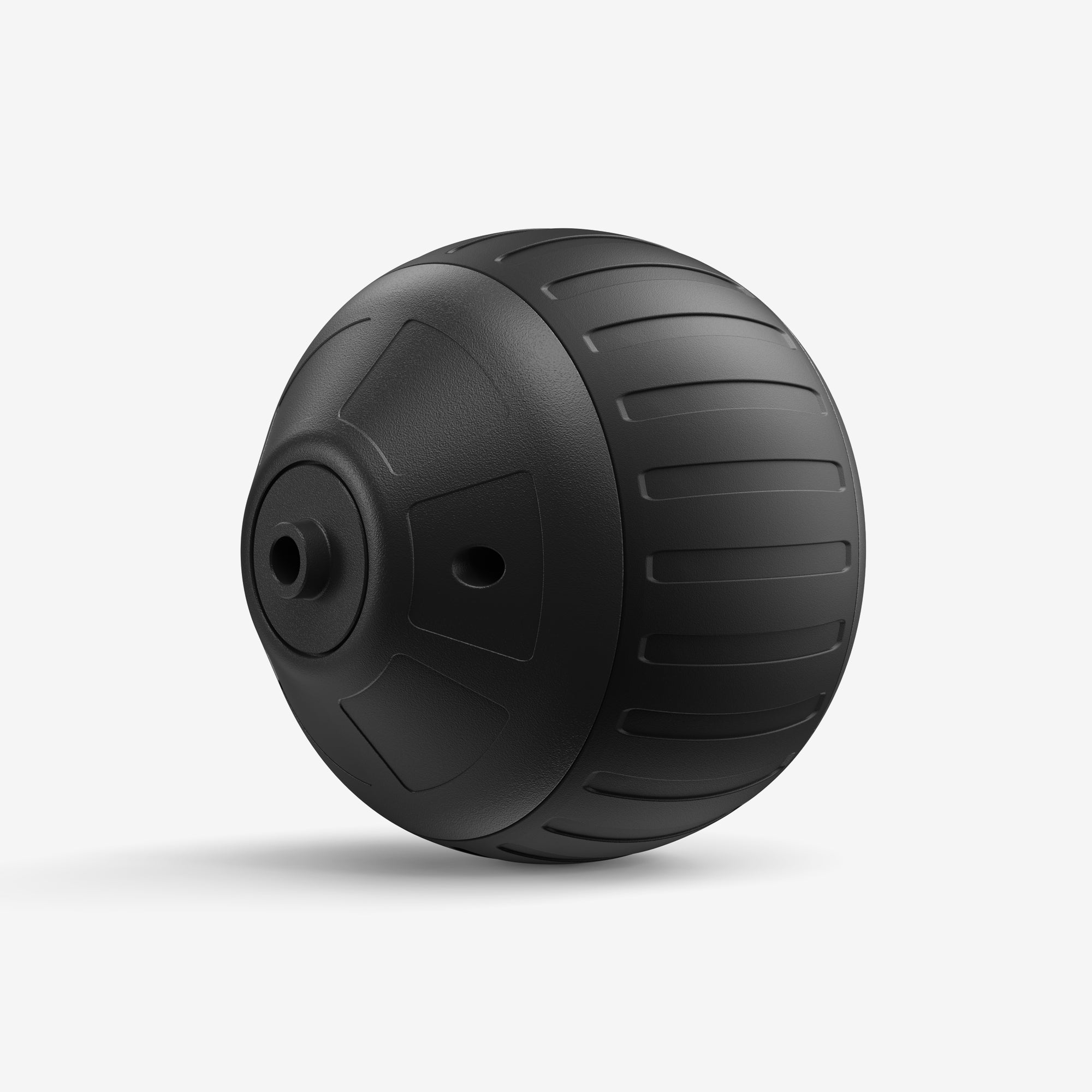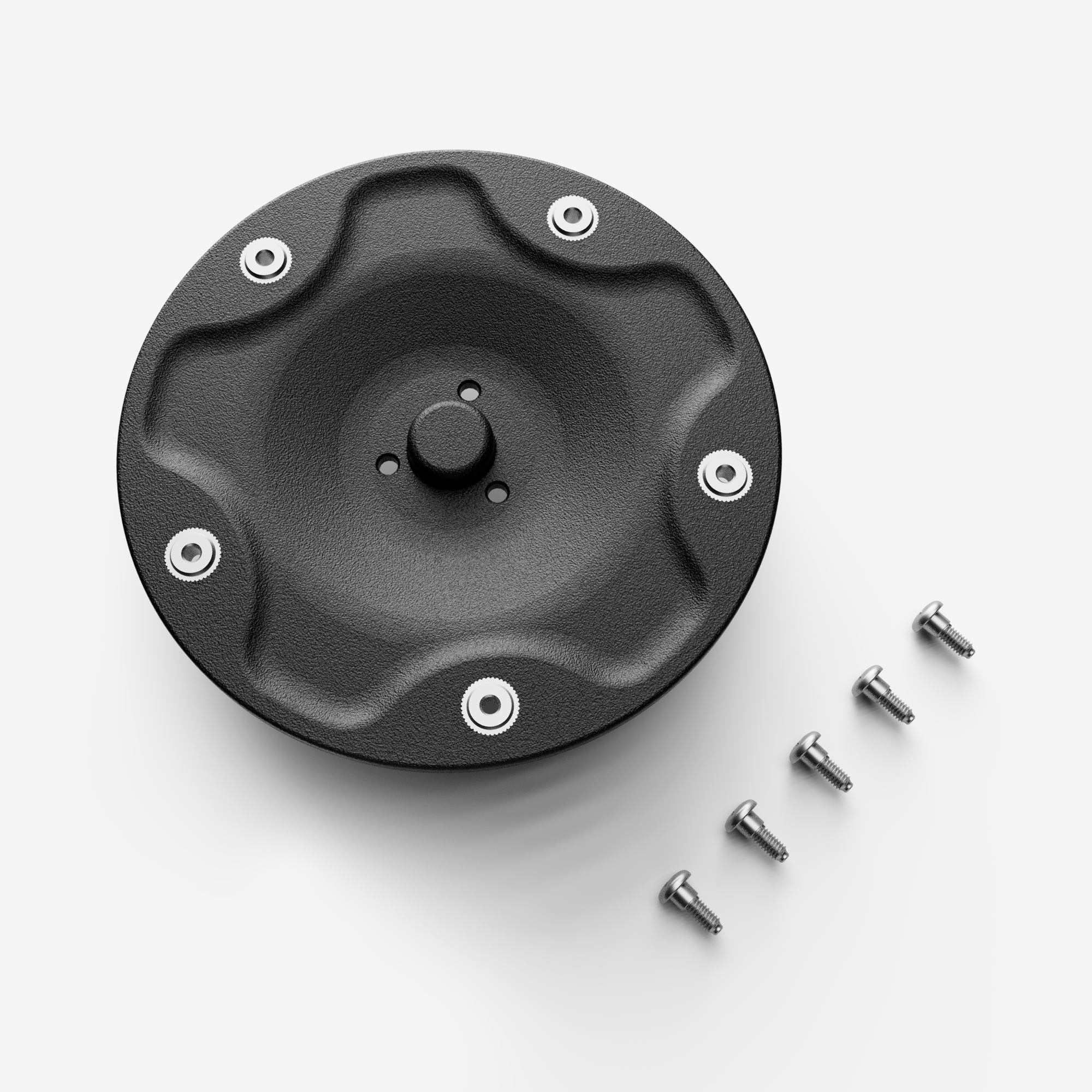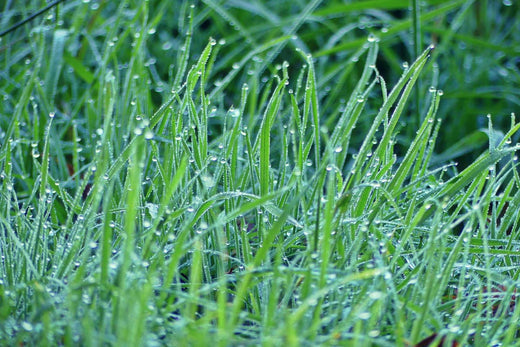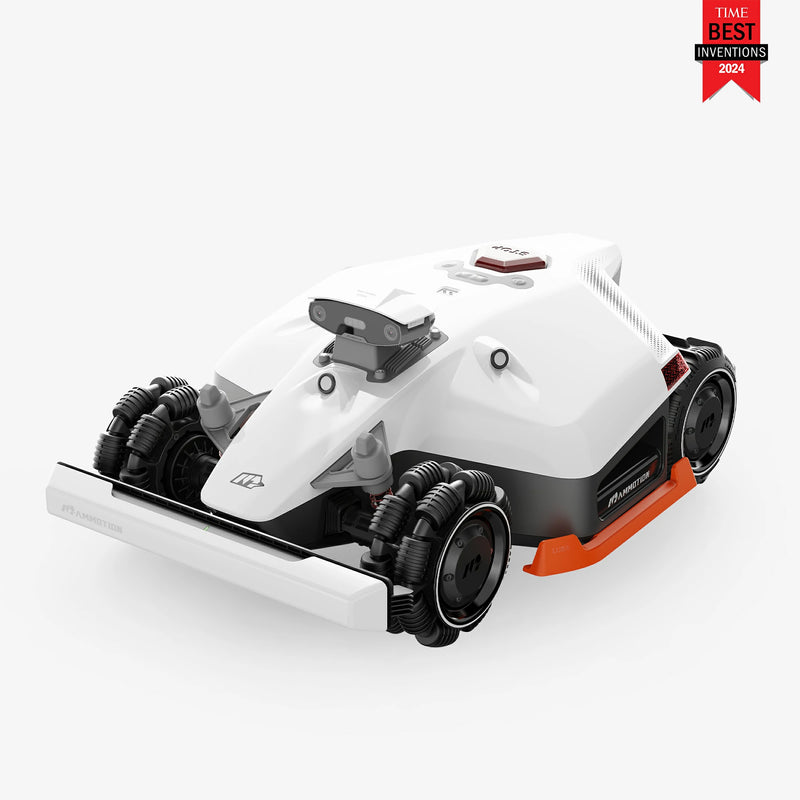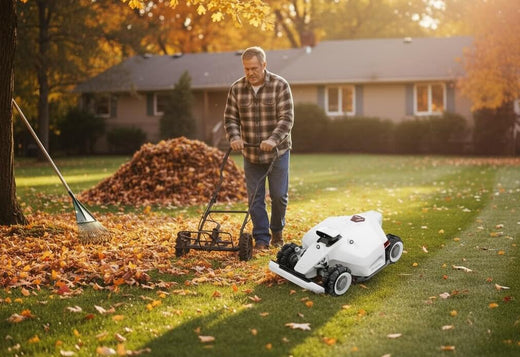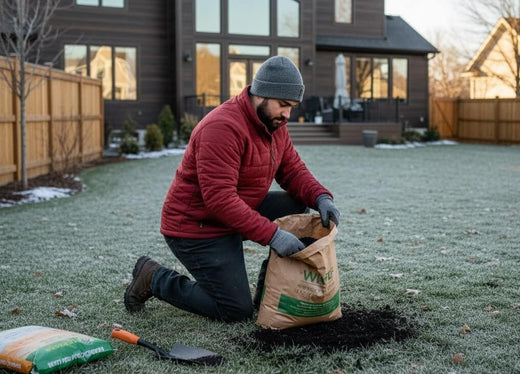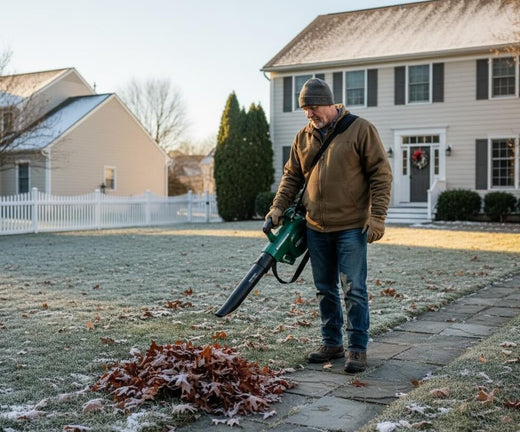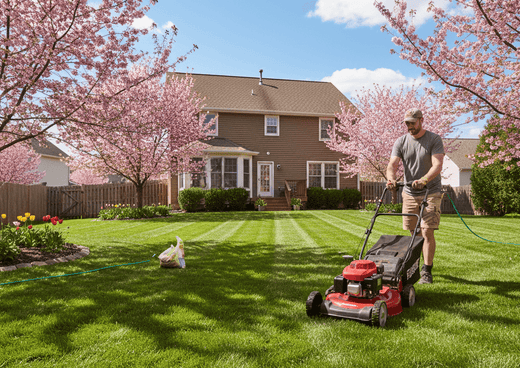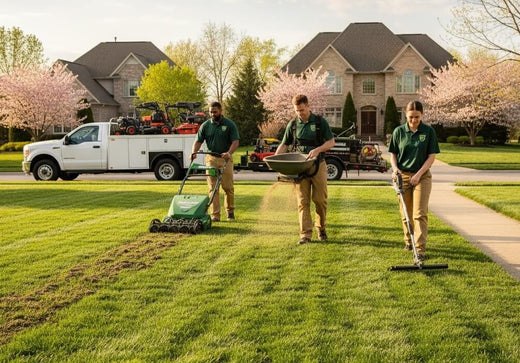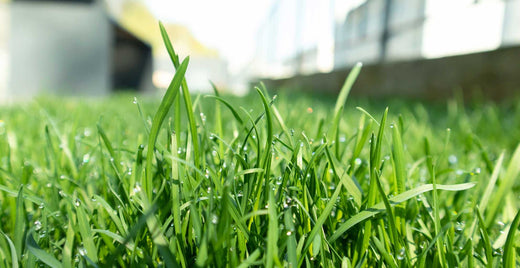Mowing a wet lawn might seem like a convenient task right after a rainfall, but it could lead to significant problems for both your lawn and your mower. While the idea of trimming the grass while it’s still damp may seem like a time-saving shortcut, it’s important to understand the hidden risks involved. Mowing wet grass can cause long-term damage, create an uneven lawn appearance, and even compromise your safety.
In this article, we’ll explore seven key reasons why you should avoid mowing wet grass and offer tips on how to deal with this situation if it’s unavoidable. By the end, you’ll understand why waiting for the grass to dry is often the best choice and how to maintain your lawn and mower in optimal condition.
Can You Mow Wet Grass?
Yes, but Should You?
While it’s technically possible to mow wet grass, it’s not recommended. Wet grass can create a range of problems, from a damaged mower to a lawn that’s more prone to diseases. The moisture in the grass blades makes them more difficult to cut, and the mower's blades may struggle to create a clean, even cut. Moreover, wet conditions can lead to safety hazards, damage to the mower, and even result in a less aesthetically pleasing lawn.
In the following sections, we’ll break down why it’s better to wait for dry conditions before you mow and what steps you can take if mowing wet grass becomes unavoidable.
7 Reasons Why Cutting Wet Grass Is a Bad Idea
1. Health of Your Lawn
Wet Grass Spreads Diseases and Weeds
Cutting wet grass can inadvertently spread lawn diseases and weeds. Damp conditions are ideal for fungal spores and pathogens to thrive. When you mow wet grass, the mower blades can carry these spores across the lawn, infecting previously healthy areas. The result? Patchy, discolored grass that requires costly treatment to recover.
2. Clumping of Grass Clippings
Unsightly and Harmful Clumps
Wet grass tends to stick together, forming clumps that smother the healthy grass beneath. These clumps block sunlight and airflow, creating the perfect environment for mold and fungal growth. They can also clog your mower, leading to inefficient performance and potential mechanical damage.
3. Risk of Slipping and Injury
Slippery Conditions Increase Hazards
Wet grass is slippery, making it dangerous to mow, especially on slopes or uneven terrain. This can lead to slips, falls, and injuries for both the mower operator and bystanders. The added strain of controlling a mower in these conditions can also cause operator fatigue, increasing the risk of accidents.
4. Trouble Cleaning Grass Stains
Stubborn Stains on Clothes and Equipment
Wet grass releases more moisture and pigments, resulting in tough stains on clothing, shoes, and the mower itself. Cleaning these stains takes extra time and effort, making the task more tedious than it should be.
5. Mower’s Motor and Blades Strain
Increased Wear and Tear
Damp grass is heavier and tougher to cut, which forces the mower’s motor and blades to work harder. This can lead to overheating, reduced efficiency, and even long-term damage to the mower. Robotic mowers, in particular, are more vulnerable to strain under wet conditions.
6. Poor Lawn Appearance
Uneven and Ragged Cuts
Mowing wet grass often results in an uneven finish. The mower struggles to cut cleanly through the damp blades, leaving the lawn with a patchy, unkempt appearance. Waiting for the grass to dry ensures a more polished and professional-looking result.
7. Wheel Ruts
Damage to the Lawn Structure
Wet soil is softer, making it more susceptible to compaction and wheel ruts caused by the mower. These ruts can disrupt the lawn’s evenness and affect drainage, leading to further problems such as pooling water and root rot.
 What to Do If You Have to Mow Wet Grass
What to Do If You Have to Mow Wet Grass
While avoiding wet grass mowing is always the best practice, sometimes you simply don’t have a choice. If you’re faced with this situation, these actionable tips can help you minimize damage, ensure safety, and maintain your lawn’s health.
1. Adjust Cutting Height and Mower Speed
Go High and Slow
Raise your mower’s cutting height to avoid tearing the wet blades, which can lead to uneven cuts and long-term damage. Additionally, slow down your mowing speed to improve control and ensure the mower can handle the damp conditions without clogging.
2. Clean the Mower Frequently
Prevent Clumps and Clogs
Frequent cleaning of your mower is essential when cutting wet grass. After each mowing session or even during the task, pause to remove wet clippings from the mower deck and blades. This reduces strain on the motor and helps maintain cutting efficiency.
3. Take Caution on Slopes and Wet Soil Areas
Prioritize Safety First
Wet conditions are especially risky on slopes or areas with soft soil. Use extra caution to avoid slips or wheel ruts. If the terrain seems too hazardous, consider postponing mowing in those sections until conditions improve.
4. Use the Right Equipment
Mowers Designed for Wet Grass
If you live in a region prone to frequent rain, investing in a mower designed for wet conditions can make a significant difference. Features like powerful motors, specialized blades, and clog-resistant designs can help manage damp grass more effectively.
5. Mow in Multiple Passes
Tackle the Lawn Gradually
Instead of trying to cut the lawn all at once, consider making multiple passes. Start with a higher cutting height to trim the top layer of grass, then lower the blades for a second pass once the grass has had a chance to dry slightly.
6. Avoid Mowing During Heavy Rain
Wait for Better Conditions
Even if you’re pressed for time, avoid mowing during active rainfall. Rain makes the grass even heavier and slipperier, increasing the risk of damage and accidents. Wait for the rain to stop and allow the grass to dry as much as possible before resuming.
Final Thoughts: Why Waiting to Mow Is Worth It
Cutting wet grass may seem like a practical solution when faced with a lush, growing lawn after rain, but it often leads to more harm than good. From increased risks to your mower’s performance and lawn health to safety concerns, there are many compelling reasons to wait until your grass is dry.

